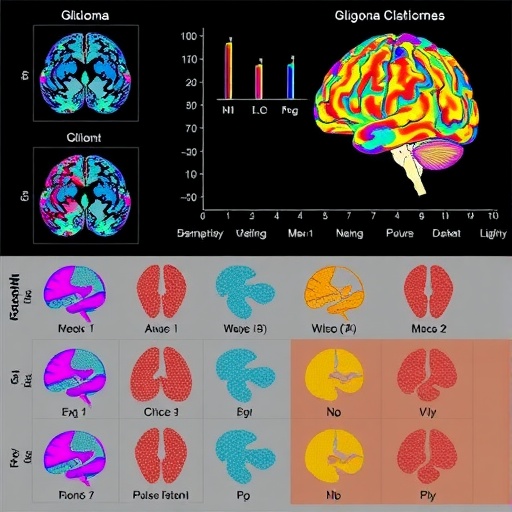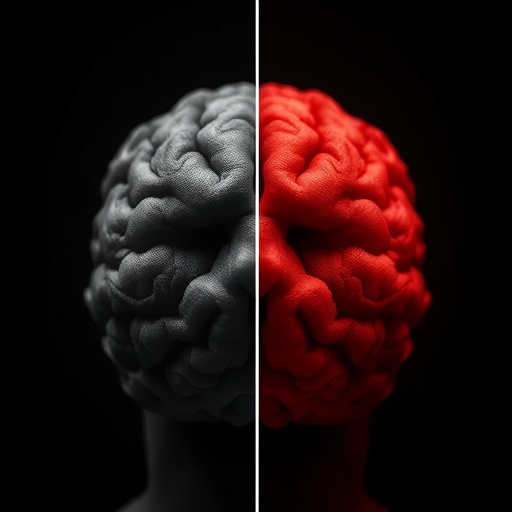The style of tackling used in rugby may be associated with a lower force of impact than the style used in football, according to a preliminary study of college athletes released today that will be presented at the American Academy of Neurology Sports Concussion Conference in Indianapolis July 26-28, 2019.
“For athletes who participate in a sport that involves a tackle or direct contact, adapting a rugby-style tackle where the players lead with their shoulders, not their heads, could make college sports safer,” said study author Zach Garrett, DHS, of Marshall University in Huntington, W.Va. “A small number of NFL teams have incorporated the rugby-style tackle in an effort to reduce risk of concussion.”
The study measured impact data from 30 male university athletes during their spring practice season. Twenty of the participants were football players who had impact sensors placed in their helmets. Ten of the participants were rugby players who had mouthguards with sensors inserted into them.
At the end of the practice season, the football participants totaled 3,921 impacts over the course of 12 practices, compared to 1,868 impacts over nine practices received by rugby participants. After researchers adjusted for other factors such as false impacts, different sample sizes, and practices, they found that the frequency of impacts was lower for the rugby players than for the football players. The research team also found that the sensors recorded lower impact forces to the head in rugby in comparison to football.
Impact was measured in g-force, which is the measurement of gravity described in units of acceleration. Overall the rugby players had impacts with an average of 21 g-force. Football players had impacts with an average of 63 g-force.
“Further studies with larger numbers of participants are needed to confirm these results and also to determine whether using a rugby-style tackle could effectively reduce the force of impact and potentially reduce the number or severity of concussions in college football,” said Garrett.
###
Learn more about concussion at BrainandLife.org, home of the American Academy of Neurology’s free patient and caregiver magazine focused on the intersection of neurologic disease and brain health. Follow Brain & Life® on Facebook, Twitter and Instagram.
To learn more about the AAN’s Sports Concussion Guidelines and access resources, visit AAN.com/concussion.
The American Academy of Neurology is the world’s largest association of neurologists and neuroscience professionals, with over 36,000 members. The AAN is dedicated to promoting the highest quality patient-centered neurologic care. A neurologist is a doctor with specialized training in diagnosing, treating and managing disorders of the brain and nervous system such as Alzheimer’s disease, stroke, migraine, multiple sclerosis, concussion, Parkinson’s disease and epilepsy.
For more information about the American Academy of Neurology, visit AAN.com or find us on Facebook, Twitter, Instagram, LinkedIn and YouTube.
Media Contact
Angharad Chester-Jones
[email protected]




